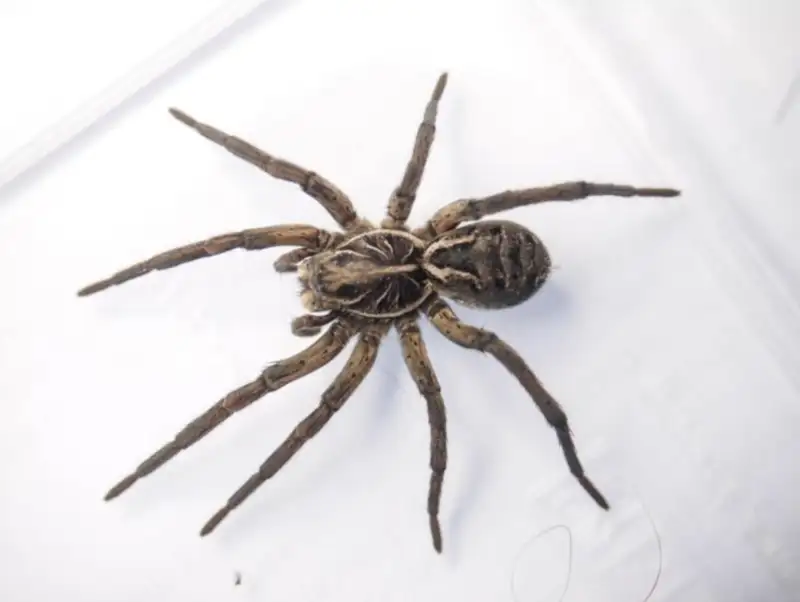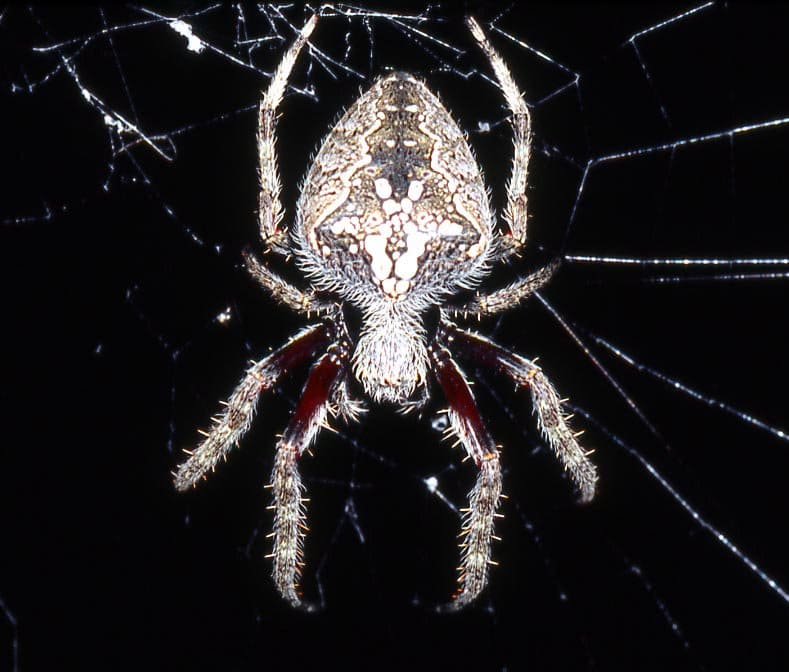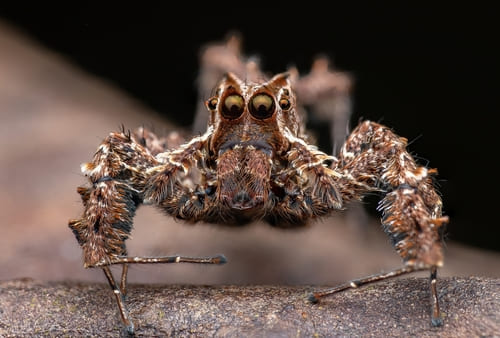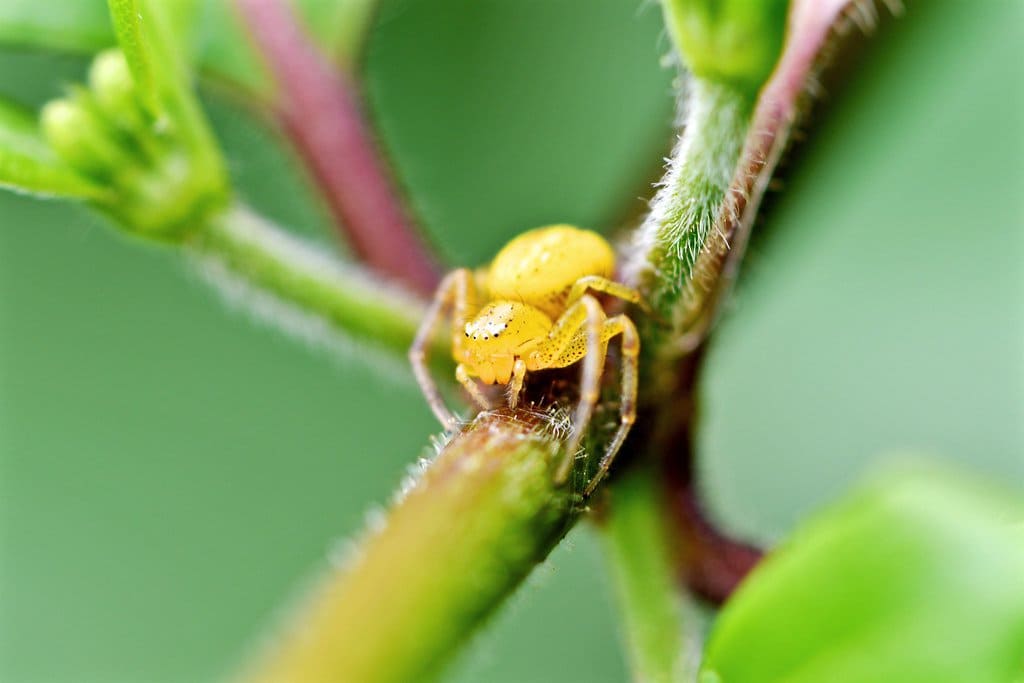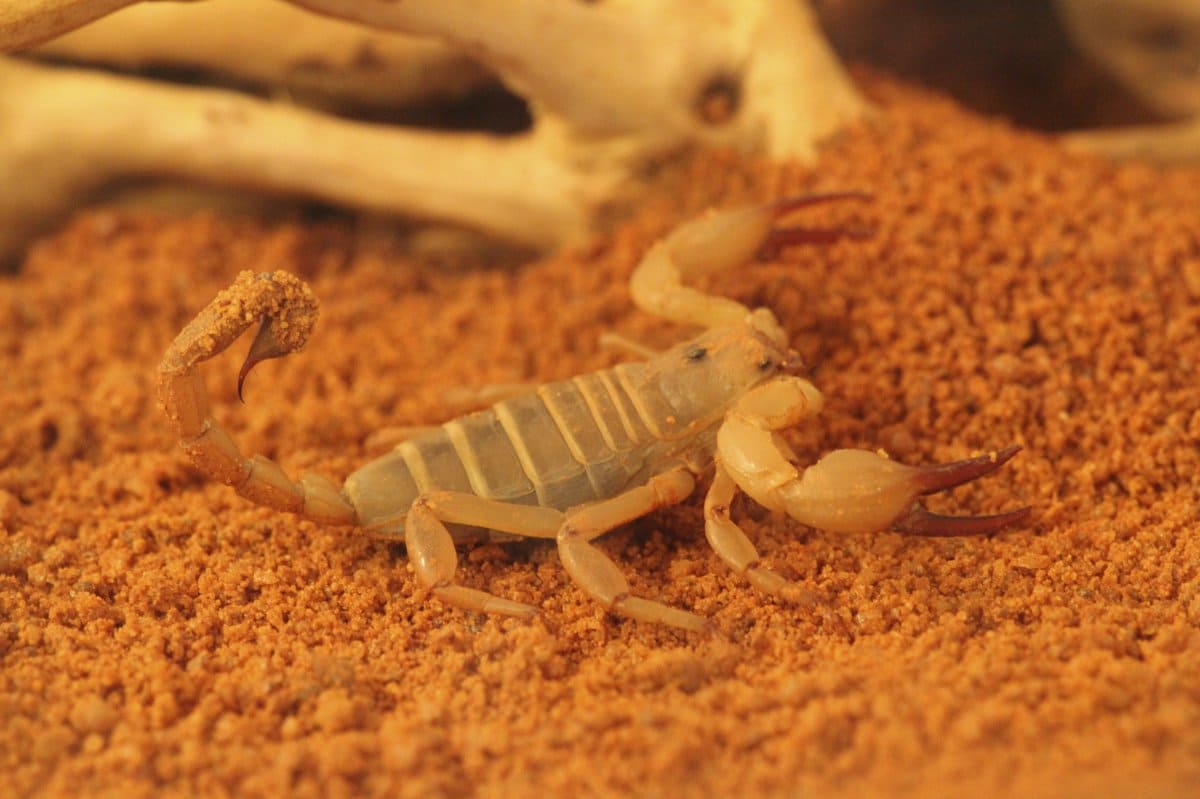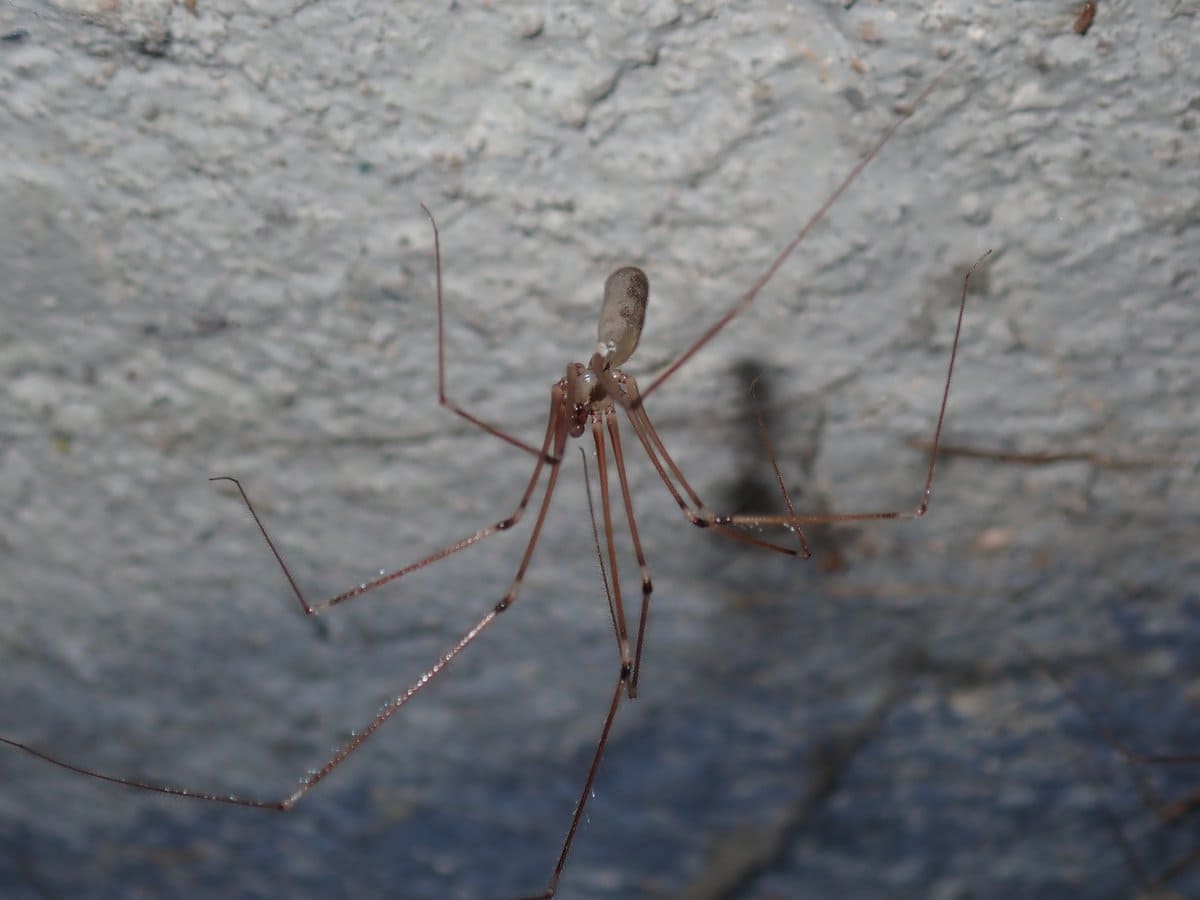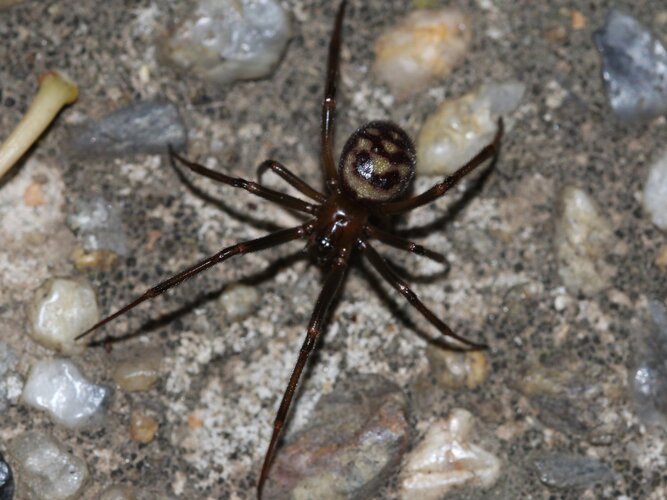Procambarus clarkii
IUCN
LCBasic Information
Scientific classification
- name:Procambarus clarkii
- Scientific Name:Procambarus clarkii,Red Swamp Crayfish或Louisiana crayfish,Cambarus clarkii,Red crayfish, Procambarus clarkii, freshwater crayfish, red swamp crayfish
- Outline:Arthropoda
- Family:Decapoda Cheliceridae Procambarus
Vital signs
- length:5.6-11.9cm
- Weight:15-45g
- lifetime:1-2years
Feature
Male lobsters have a bright red membrane on the front outer edge, which is very conspicuous. Females do not have this red membrane, so this has become an important feature to distinguish between males and females.
Distribution and Habitat
The species has a wide range, from northern Mexico to Escambia County, Florida, and from north to southern Illinois and Ohio. It has been widely introduced in the United States and elsewhere. The species has also been introduced to Europe, Africa, East Asia, South America, and Central America.
Inhabits permanent streams and swamps, temporary habitats including ditches and ponds. Lives in shallow, aquatic wetlands, lakes, and ditches.
Appearance
It looks like a shrimp but has a hard shell. The overall color includes red, reddish brown, and pink. The back is dark red, the sides are pink, with orange or white spots. The shell is almost black, and there is a wedge-shaped stripe on the back of the abdomen. The body is large and cylindrical, with a hard and thick shell, and the head and chest are slightly flattened. There are 3 pairs of tentacles on the head. The tentacles are thick near the head and small and pointed at the tip. There are 5 powerful tail fans at the tail.
Details
Crayfish is a freshwater economic shrimp that usually carries lung flukes and is widely popular because of its delicious meat. It has an absolute competitive advantage in the local ecological environment due to its omnivorous nature, fast growth rate, and strong adaptability. Its food range includes water plants, algae, aquatic insects, animal carcasses, etc., and it will kill each other when food is scarce. Crayfish has become an important economic breeding species in China in recent years. In the process of commercial breeding, it should be strictly prevented from escaping, especially from escaping into the original ecological water bodies where few people go. It causes destructive damage to the ecological competitive advantage of local species. Crayfish is made into a variety of dishes because it is larger than other freshwater shrimps, has relatively more meat, and has delicious meat, which is generally popular.
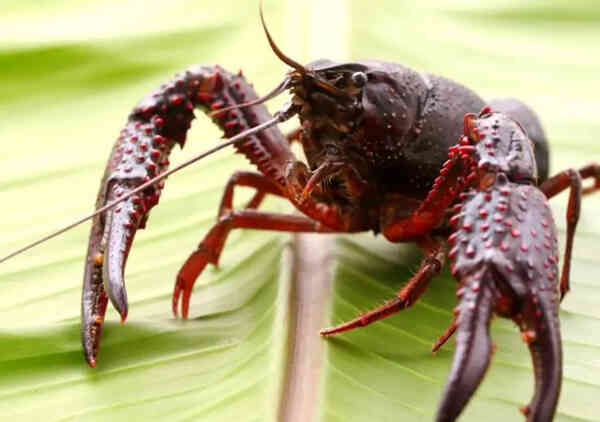
Crayfish are extremely adaptable and have a wide range of suitable growth temperatures. They can grow and develop normally at water temperatures of 10-30℃. They can also withstand high temperatures and severe cold, and can withstand temperatures above 40℃, and can also safely overwinter at temperatures below -14℃. After more than two months of breeding, they can reach sexual maturity and reach commercial shrimp specifications. Generally, male shrimp grow faster than female shrimp, and the commercial shrimp specifications are also larger than female shrimp. Growth is also accompanied by molting. When molting, they generally look for shelter, such as in water grass or under plant leaves. The maximum weight gain after molting can reach 95%. Generally, sexual maturity can be achieved after 11 moltings. Sexually mature individuals can continue to molt and grow. Its life span is not long, about 1 year. However, in the case of food shortage, low temperature and relatively dry conditions, the life span can reach up to 2-3 years.
Crayfish are omnivores. In terms of eating habits, crayfish prefer to eat mud at the bottom of the river, and like to eat dead small fish or other aquatic organisms. It mainly eats plants, and small fish, shrimps, plankton, benthic organisms, and algae can all be used as its food. The astaxanthin content of the body is positively correlated with its ability to resist the harsh external environment. In other words, the higher the astaxanthin content of the body, the stronger its ability to resist the harsh external environment. Crayfish cannot produce astaxanthin by itself. It mainly obtains astaxanthin through the food chain - eating microalgae, etc., and accumulates it in the body to produce super antioxidant capacity. Astaxanthin can effectively enhance the ability of crayfish to resist harsh environments and improve their reproductive capacity. Therefore, astaxanthin is a strong guarantee for the tenacious vitality of crayfish. When crayfish lack these microalgae containing astaxanthin, they will find it difficult to survive. This also gives people some misconceptions: crayfish must live in a dirty environment.

Crayfish has a high protein content, and its meat is soft and easy to digest. It is a good food for people who are weak or need to recuperate after illness. Shrimp meat is also rich in magnesium, zinc, iodine, selenium, etc. Magnesium has an important regulatory effect on heart activity and can protect the cardiovascular system. It can reduce the cholesterol content in the blood, prevent arteriosclerosis, and dilate the coronary artery, which is beneficial for preventing hypertension and myocardial infarction. Crayfish contains astaxanthin, which is a strong antioxidant. Scientists at Osaka University in Japan have found that astaxanthin helps eliminate jet lag caused by jet lag. In addition, crayfish can also be used as medicine to reduce phlegm and relieve cough, and promote wound healing after surgery.
Crayfish can reproduce all year round, with the peak period from May to September. Crayfish are dioecious and have more obvious secondary sexual characteristics. They can be distinguished by the shape of the swimming limbs on the abdomen. The first swimming limb on the abdomen of male shrimps is specialized into a copulatory spine, while the first swimming limb on the abdomen of female shrimps is specialized into a spermatogenic pore. Secondly, the chelicerae of the two are obviously different. The chelicerae of male shrimps are thicker, and there is a bright red wart-like protrusion on the outer sides of the two ends of the chelicerae, while the chelicerae of female shrimps are relatively small, and the wart-like protrusions are not obvious. Thirdly, the chelicerae of male shrimps are thicker than those of female shrimps, and the individual is also larger than that of female shrimps.
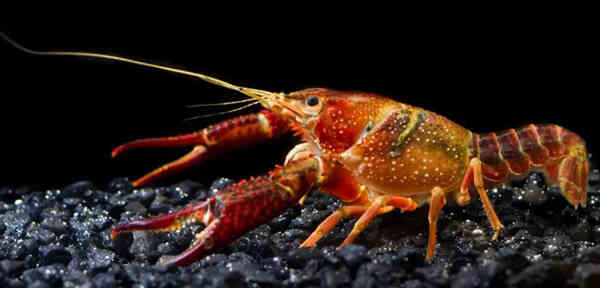
Due to the strong adaptability, strong resistance to adversity, wide-ranging diet, and rapid population growth of crayfish, they often cut off crops, especially rice crops, and may compete with local freshwater crayfish species.
At the same time, most crayfish are very resistant to pollution, so they can still survive in water containing highly polluted toxins. Putting them in an aquarium can also effectively remove fish excrement and moss, making a great contribution to the improvement of the hydrological environment. The color of crayfish is usually dark red body (shell).

